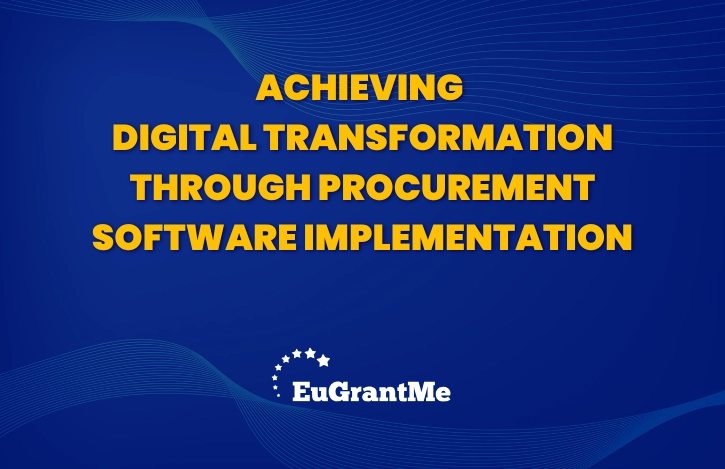Procurement plays a critical role in business operations. Efficient sourcing, supplier management, and cost control are essential for competitiveness. However, traditional procurement processes are often slow and prone to errors. Businesses need smarter solutions to optimise workflows and enhance efficiency. Digital transformation in procurement streamlines operations, reduces risks, and improves decision-making. Procurement software is a key enabler of this transformation.
The Role of Procurement Software in Digital Transformation
Modern procurement requires agility and precision. Manual processes limit visibility and create inefficiencies. Procurement software automates tasks, centralises data, and improves supplier relationships. Digital solutions enhance transparency and ensure compliance with policies.
With automation, businesses reduce delays in approvals, contract management, and order processing. Cloud-based platforms enable real-time access to procurement data. These innovations drive digital transformation in procurement by eliminating bottlenecks and increasing productivity.
Enhancing Efficiency with Automation
Automation reduces human intervention in routine procurement tasks. It streamlines requisition approvals, purchase orders, and invoice processing. Automated workflows minimise errors and ensure compliance with procurement policies.
Machine learning algorithms analyse purchasing patterns and suggest cost-effective alternatives. Smart approval systems flag discrepancies before payments are processed. These capabilities accelerate procurement cycles while maintaining accuracy and control.
Improving Supplier Relationship Management
Strong supplier relationships enhance business performance. Procurement software fosters collaboration through centralised communication and performance tracking. Digital platforms facilitate negotiations and contract management.
Supplier portals improve interaction by providing real-time order updates and dispute resolution tools. Automated scorecards measure supplier performance, ensuring better accountability. These tools strengthen partnerships and optimise supply chain stability.
Increasing Cost Savings and Budget Control
Cost management is crucial in procurement. Digital solutions provide insights into spending patterns and highlight cost-saving opportunities. Automated spend analysis categorises expenses and prevents budget overruns.
Artificial intelligence detects price fluctuations and recommends optimal purchase timings. Contract management features track renewals and renegotiation deadlines. These capabilities ensure organisations maximise savings while maintaining procurement efficiency.
Enhancing Risk Management and Compliance
Procurement involves financial, operational, and regulatory risks. Digital solutions identify and mitigate risks before they impact operations. Real-time data analytics enhance visibility into supply chain vulnerabilities.
Automated compliance checks validate supplier credentials and contract terms. Audit trails ensure transparency in procurement activities. These features help organisations meet regulatory requirements while minimising exposure to fraud and disruptions.
Leveraging Data for Strategic Decision-Making
Data-driven decision-making enhances procurement efficiency. Digital tools collect, analyse, and visualise procurement data. Real-time insights support proactive strategies and performance monitoring.
Predictive analytics forecast demand trends and optimise inventory management. Custom dashboards present procurement KPIs in an accessible format. These capabilities enable organisations to align procurement strategies with business goals.
Cloud-Based Procurement for Scalability
Cloud computing enhances accessibility and scalability in procurement. Cloud-based procurement software allows remote access to procurement data and processes. This flexibility supports global operations and remote work environments.
Centralised cloud platforms streamline collaboration across departments and suppliers. Automatic updates ensure continuous software improvements and security enhancements. These benefits make cloud adoption a key factor in digital transformation in procurement.
Integrating Procurement with Enterprise Systems
Procurement does not operate in isolation. Integration with enterprise resource planning (ERP) and financial systems improves efficiency. Seamless data exchange eliminates redundant entries and ensures accuracy.
Procurement software syncs with inventory management, accounting, and compliance systems. This integration improves workflow coordination and decision-making. A unified digital ecosystem maximises procurement efficiency and visibility.
Future Trends in Digital Procurement
The procurement landscape continues to evolve. Emerging technologies reshape digital procurement strategies and improve operational resilience. Blockchain enhances transparency in supply chains by securing transaction records.
Artificial intelligence personalises supplier recommendations and automates contract analysis. Robotic process automation speeds up routine tasks, reducing manual effort. These innovations will further advance digital transformation in procurement.
Driving Business Success through Procurement Innovation
Procurement software transforms procurement into a strategic function. It improves efficiency, enhances supplier collaboration, and reduces costs. Organisations that embrace digital transformation in procurement gain a competitive edge in an increasingly digital economy.
At EuGrantMe, we are passionate about fostering innovation and empowering ambitious minds to flourish. Our mission revolves around providing top-notch grant writing services for the EIC Accelerator and Horizon grants in Europe. We enable our customers to unlock the full potential of their ground-breaking ideas.
Do you have a project to turn into reality?
Contact us!


